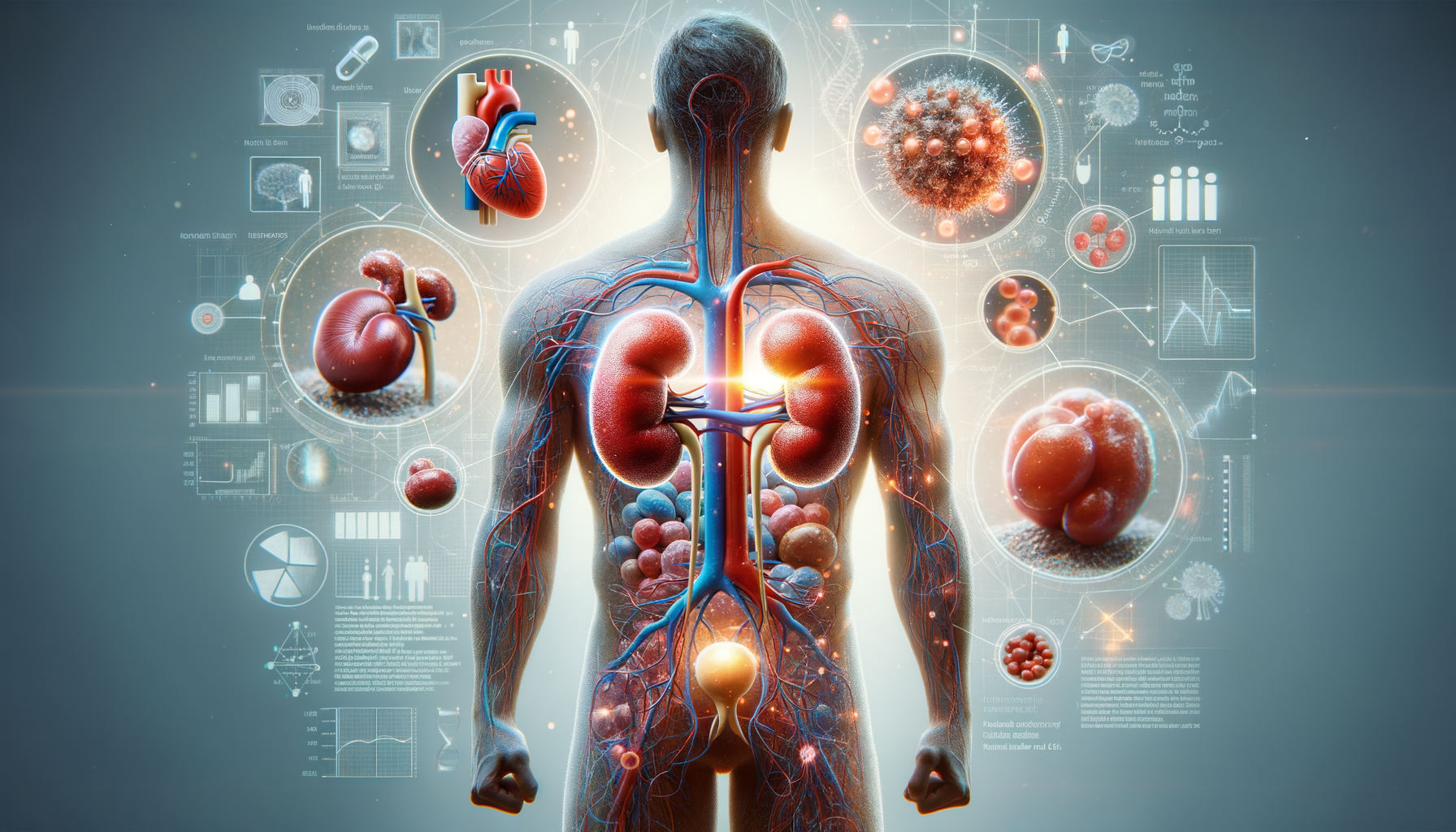Introduction to Colon Cancer
Colon cancer, a prevalent form of cancer, originates in the large intestine, also known as the colon. This disease is a significant health concern worldwide, affecting millions of individuals each year. While it can be slow-growing, some cases exhibit aggressive behavior, spreading rapidly to other parts of the body. Understanding how colon cancer spreads, its early signs, and the importance of early detection can drastically improve outcomes and save lives.
The colon plays a crucial role in the digestive system, responsible for absorbing water and nutrients from digested food. When cells in the colon begin to grow uncontrollably, they form a mass known as a tumor. If left unchecked, these cancerous cells can invade surrounding tissues and spread to distant organs, a process known as metastasis. Early detection of colon cancer is vital, as it often leads to more effective treatment options and better survival rates.
In this article, we will explore how colon cancer spreads, identify its early signs, and discuss essential information that can aid in faster diagnosis and improved treatment strategies.
The Spread of Colon Cancer: Understanding Metastasis
Colon cancer typically begins as a benign polyp, which can develop into a malignant tumor over time. The progression from a localized tumor to a metastatic disease involves several stages. Initially, cancer cells invade nearby tissues and, if not treated, can enter the bloodstream or lymphatic system, allowing them to travel to other parts of the body.
One of the first places colon cancer spreads to is the liver. This is due to the blood supply from the colon draining into the portal vein, which leads directly to the liver. Other common sites for metastasis include the lungs, lining of the abdominal cavity, and distant lymph nodes.
The process of metastasis is complex and involves several steps:
- Local invasion: Cancer cells invade nearby normal tissue.
- Intravasation: Cancer cells enter the bloodstream or lymphatic system.
- Circulation: Cancer cells travel through the body.
- Extravasation: Cancer cells exit the bloodstream or lymphatic system and invade new tissues.
- Proliferation: Cancer cells grow in the new location.
- Angiogenesis: New blood vessels form to supply the growing tumor.
Understanding this process is crucial for developing targeted therapies that can interrupt the spread of cancer at various stages, potentially improving patient outcomes.
Recognizing Early Signs of Colon Cancer
Early detection of colon cancer significantly increases the chances of successful treatment. Therefore, being aware of the early warning signs is essential. Some common symptoms include:
- Changes in bowel habits, such as diarrhea or constipation, lasting more than a few days.
- Blood in the stool, which may appear as bright red or dark, tarry stools.
- Persistent abdominal discomfort, such as cramps, gas, or pain.
- A feeling that the bowel does not empty completely.
- Weakness or fatigue.
- Unexplained weight loss.
It is important to note that these symptoms can also be caused by conditions other than cancer, such as hemorrhoids or irritable bowel syndrome. However, if any of these symptoms persist, it is crucial to consult a healthcare professional for further evaluation.
Screening tests, such as colonoscopies, are highly effective in detecting colon cancer early. These tests can identify precancerous polyps, which can be removed before they develop into cancer. Regular screening is recommended for individuals aged 50 and above, or earlier for those with a family history of colon cancer or other risk factors.
Risk Factors and Prevention Strategies
Several risk factors can increase the likelihood of developing colon cancer. Some of these are modifiable, while others are beyond an individual’s control. Understanding these factors can help in implementing effective prevention strategies.
Non-modifiable risk factors include:
- Age: The risk of colon cancer increases with age, particularly after 50.
- Family history: A family history of colon cancer or polyps increases risk.
- Inherited syndromes: Certain genetic conditions, such as Lynch syndrome, elevate risk.
Modifiable risk factors include:
- Diet: A diet high in red and processed meats may increase risk.
- Physical inactivity: A sedentary lifestyle is linked to higher risk.
- Obesity: Being overweight is associated with increased risk.
- Smoking and alcohol: Tobacco use and heavy alcohol consumption are risk factors.
Preventive measures include adopting a healthy lifestyle, such as maintaining a balanced diet rich in fruits, vegetables, and whole grains, engaging in regular physical activity, and avoiding tobacco and excessive alcohol consumption. Regular screenings and monitoring for those at higher risk are also crucial components of prevention.
Conclusion: The Importance of Awareness and Early Detection
Colon cancer is a significant health concern, but with increased awareness and early detection, the outcomes can be greatly improved. Understanding how colon cancer spreads, recognizing early signs, and implementing preventive measures are essential steps in combating this disease.
By staying informed and proactive about screenings and lifestyle choices, individuals can reduce their risk and improve their chances of successful treatment if diagnosed. Healthcare professionals play a crucial role in educating patients and advocating for regular screenings, especially for those with a higher risk.
Ultimately, the key to improving survival rates and outcomes lies in early detection and intervention. By prioritizing awareness and education, we can make significant strides in the fight against colon cancer.




Leave a Reply